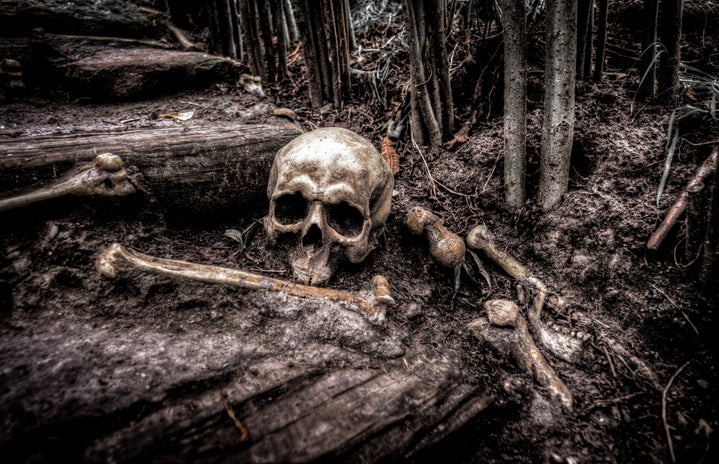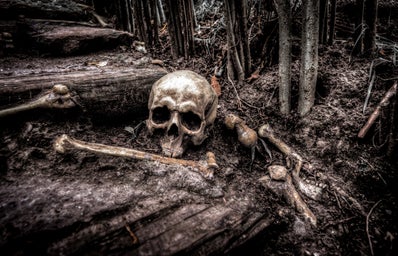Growing up, I spent most of my time with my grandmother. My parents worked overseas, and she kindly took up the mantle of taking care of my sister and I. However, that meant I had a slightly unconventional childhood. When every other child was singing their ABCs, I was climbing under the tables of shamans and learning about the Ten Courts of Hell.
You see, the roots of my family run deep. In the 1950s, when my grandmother was just a little girl, she would travel with my great grandparents who led a Chinese street opera troupe, otherwise known as Wayang, and they would perform across Southeast Asia. My grandmother would recount their impressive performances, but never without the strict taboos and ghostly happenings. This is no surprise if you know of the Ghost Festival, or seventh month tradition where the front row of opera shows is reserved for special guests… the spirits who linger and roam the earthly plane. Even after the troupe’s disbandment, my grandmother would continue hearing stories about pontianaks and other spiritual phenomena in her kampung.
My grandmother raised me the way she was raised, and you could say I was an exception to the rule. However, I believe otherwise: the supernatural has always been and will continue to be significant as part of Asian culture and consciousness.
From Junji Ito Maniac: Japanese Tales of the Macabre to Thai classic Shutter, it’s been widely acknowledged that Asian horror is terrifying. There is more to it than just good storytelling. Tonality, pacing, and suspense aside, the East just seems to understand and use horror differently from the West. Traditionally, Western horror depicts evil for evil’s sake, like Satanic rituals and demonic possessions. Since then, they have tried to remake Eastern stories like The Ring, through which we are instead reminded of the evil within all of us, embodied by spirits who come back from the dead for revenge.
In Asian horror, the villainous and vindictive ghost is often revealed to be a victim, having died wrongfully by the hands of someone else who is still alive in the story. We might even grow to feel sympathy for them. On the other hand, someone who has failed to respect superstitious traditions and customs may pay the price. We are encouraged to view these stories through a moralistic lens, then find that the struggle between good and evil cannot be so cleanly divided. Karma is real, so if you commit crimes, break rules, and disrupt the order, you offend and invite these malevolent entities into your life. Horror creates fear, and that fear civilises your behaviour. For better or for worse, it makes us hold a mirror up to ourselves. As children, this was why my grandmother, and subsequently myself, returned home before dark without fail everyday.
Recently, I watched a Singaporean Malay-Language horror titled Revenge of the Pontianak, which displayed the potential of Asian horror in challenging our expectations. Taking the form of a beautiful woman who had died during pregnancy or childbirth, pontianaks are typically portrayed as vampiric and vengeful in nature. Yet, the director actually describes the film as a romance. He humanises the pontianak and contradicts the stereotypical trope we see so often in horror: the monstrous woman who is prone to violent emotions and must be controlled. Through horror, we might re-examine female representation and restore female authority which has been villainised and stifled by the patriarchy. We shift to focus on the grievances women face, comforting them instead of treating them like enemies.
Call it intimate, call it intrusive, there is no other medium that communicates Asian culture and consciousness the same way. At the same time, it continues to provoke our conscience, emotions, and thoughts.

